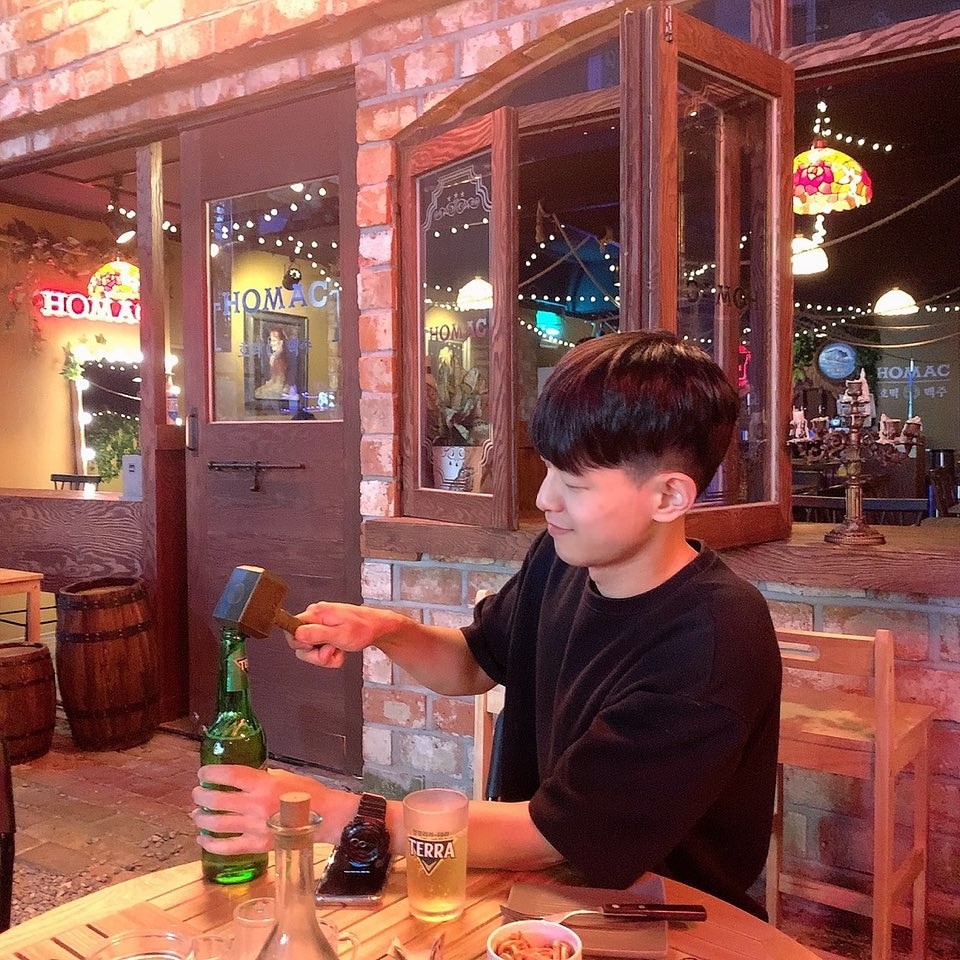
문제

입력
첫째 줄에 배열의 크기 N, M과 수행해야 하는 회전의 수 R이 주어진다.
둘째 줄부터 N개의 줄에 배열 A의 원소 Aij가 주어진다.
출력
입력으로 주어진 배열을 R번 회전시킨 결과를 출력한다.
제한
- 2 ≤ N, M ≤ 300
- 1 ≤ R ≤ 1,000
- min(N, M) mod 2 = 0
- 1 ≤ Aij ≤ 108
예제 입&출력

소스코드
import java.io.BufferedReader;
import java.io.IOException;
import java.io.InputStreamReader;
import java.util.StringTokenizer;
public class Main {
private static int[] dx = {0, 1, 0, -1};
private static int[] dy = {1, 0, -1, 0};
private static int[][] map;
private static int N, M, R;
private static int depth;
public static void main(String[] args) throws IOException {
BufferedReader br = new BufferedReader(new InputStreamReader(System.in));
StringTokenizer st = new StringTokenizer(br.readLine());
N = Integer.parseInt(st.nextToken());
M = Integer.parseInt(st.nextToken());
R = Integer.parseInt(st.nextToken());
depth = Math.min(N, M) / 2;
map = new int[N][M];
for (int i = 0; i < N; i++) {
st = new StringTokenizer(br.readLine());
for (int j = 0; j < M; j++) {
map[i][j] = Integer.parseInt(st.nextToken());
}
}
for (int i = 0; i < R; i++) {
for (int d = 0; d < depth; d++) {
int curX = d;
int curY = d;
int temp = map[curX][curY];
int idx = 0;
while (idx < 4) {
int nextX = curX + dx[idx];
int nextY = curY + dy[idx];
if (nextX < d || nextY < d || nextX >= N - d || nextY >= M - d) {
idx++;
} else {
map[curX][curY] = map[nextX][nextY];
curX = nextX;
curY = nextY;
}
}
map[d+1][d] = temp;
}
}
printMap();
}
private static void printMap() {
for (int i = 0; i < N; i++) {
for (int j = 0; j < M; j++) {
System.out.print(map[i][j] + " ");
}
System.out.println();
}
}
}
Comment
- 내부로 얼만큼 들어가는지 파악하는 것이 핵심이다. 필자는
depth로 표현하였고 이는N과M중 작은 수를2로 나눴을 때, 알 수 있다. - 무조건
(0,0),(1,1)...으로 시작하여 첫 값을temp에 담아둔 후 로직을 수행하고 마지막 빈 공간에temp를 삽입한다. - 또한, 유의할 점은,
dx와dy를 구성함에 있다. 반시계 방향으로 값을 옮기는 행위를 생각해보면 다음과 같다.- 1) 오른쪽 값 -> 왼쪽
(0,1)->(0,0)->... - 2) 아래쪽 값 -> 위쪽
(1,3)->(0,3)->... - 3) 왼쪽 값 -> 오른쪽
(3,2)->(3,3)->... - 4) 위쪽 값 -> 아래쪽
(2,0)->(3,0)->...
- 1) 오른쪽 값 -> 왼쪽
